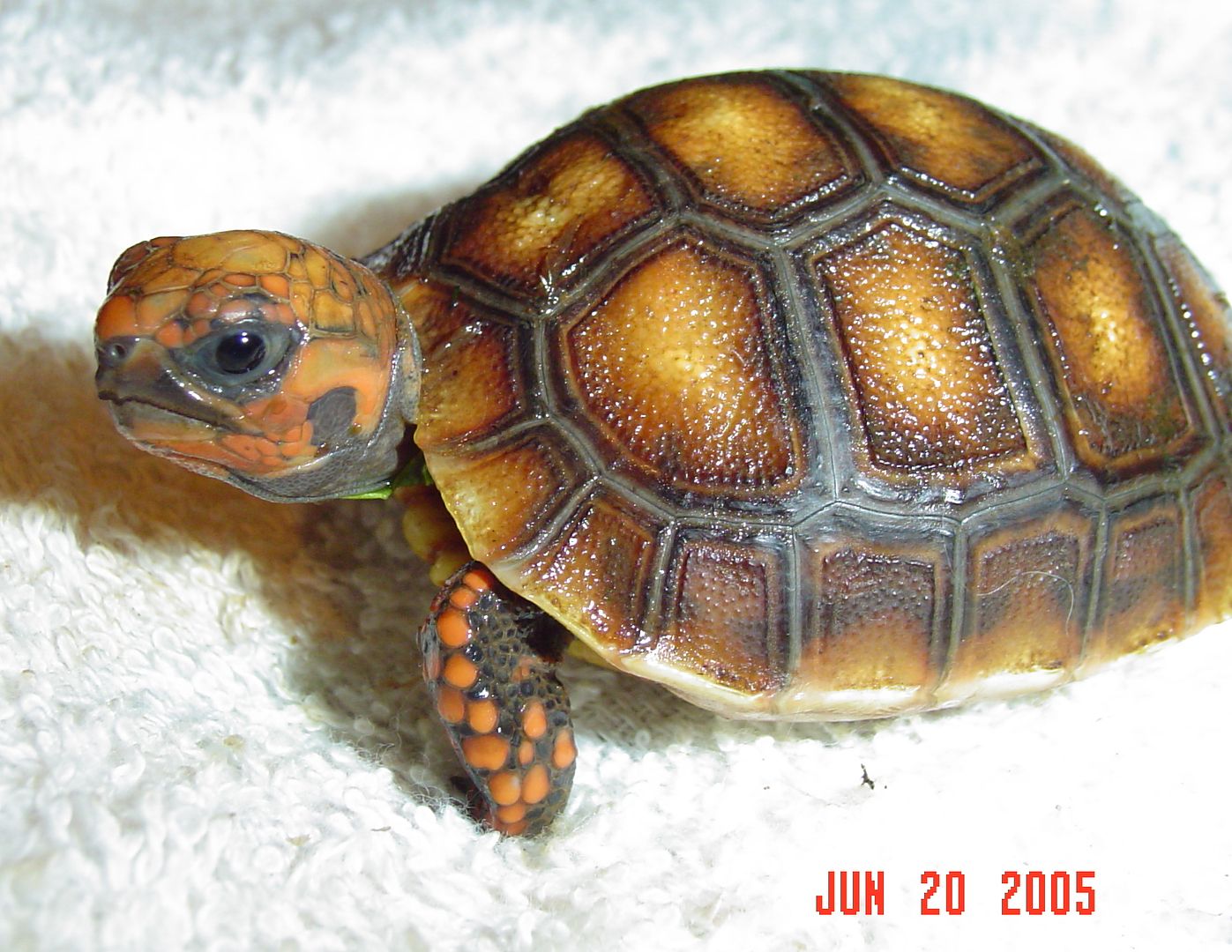I would caution folks against generalizing when talking about D3 absorption via diet within or across taxa. However, I would be particularly cautious of this when using across-taxa examples (mammals:reptiles :: apples: oranges).
For me, it's difficult discuss D3 acquisition from diet given the overwhelming complexity of selection pressures and parameters surrounding niche space; which drives the adaptations necessary for a species' survival.
Most animals have adapted to sequester D3 from the sun. I can't wrap my head around why some of us still insist on redfoot tortoises not needing UVB to generate Vit. D. Are we saying we'd like to keep our tortoises in artificial lighting and deny them the pleasures of outdoor excursions/existence? I just don't get it... You let your dogs out to play, why not your tortoise(s)? What is the need to deny a tortoise some ultraviolet exposure, fresh air, and weeds?!?! Why does this debate maintain traction?
Thanks. Well said.




